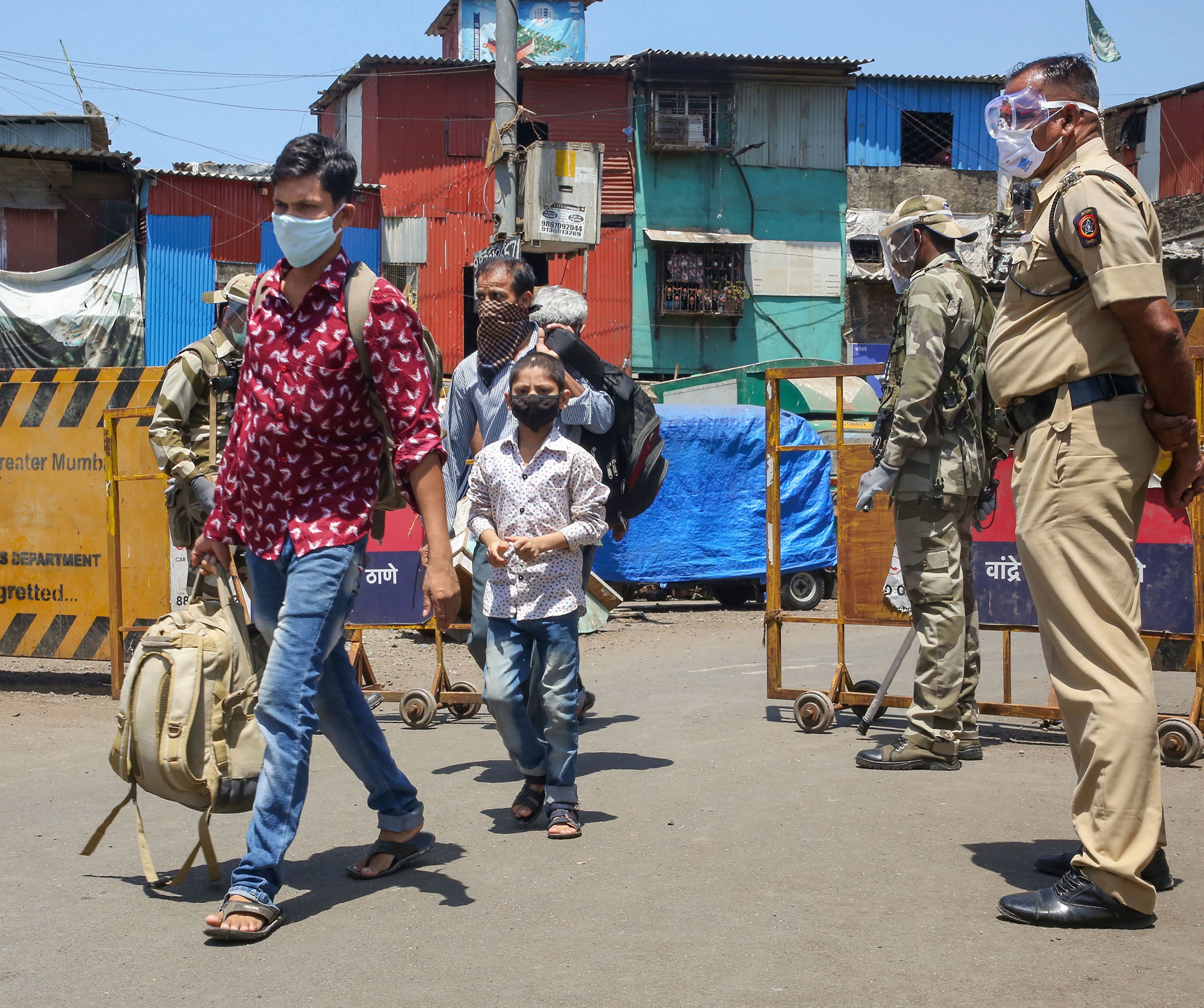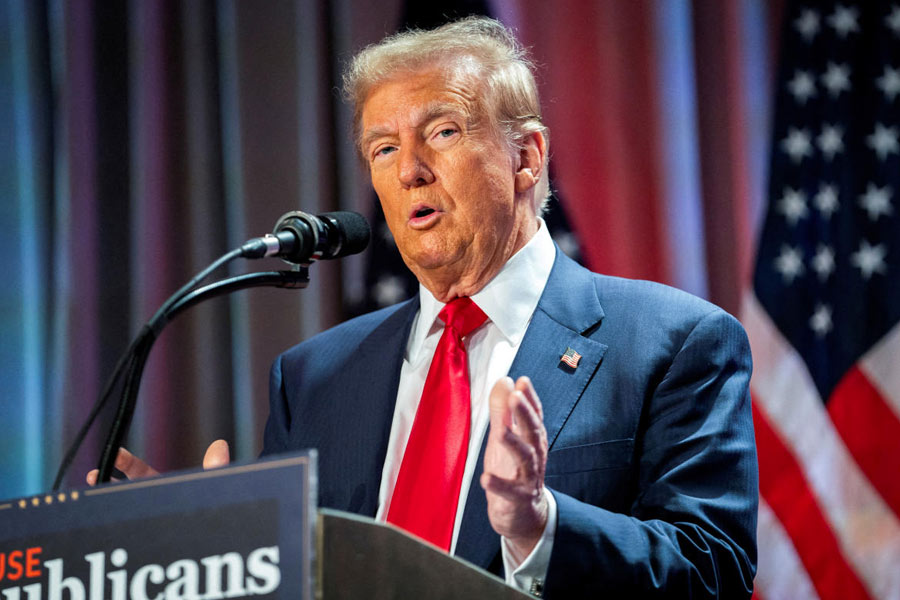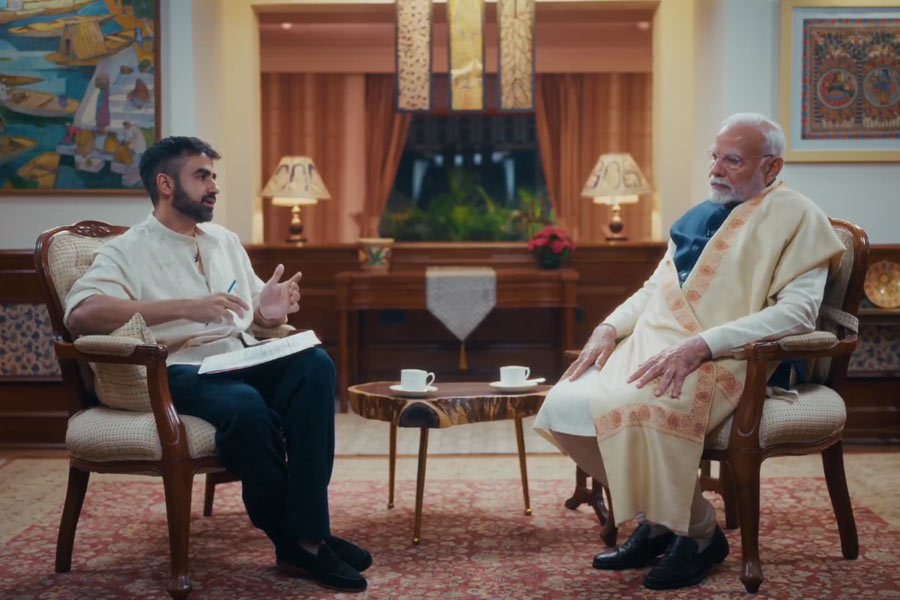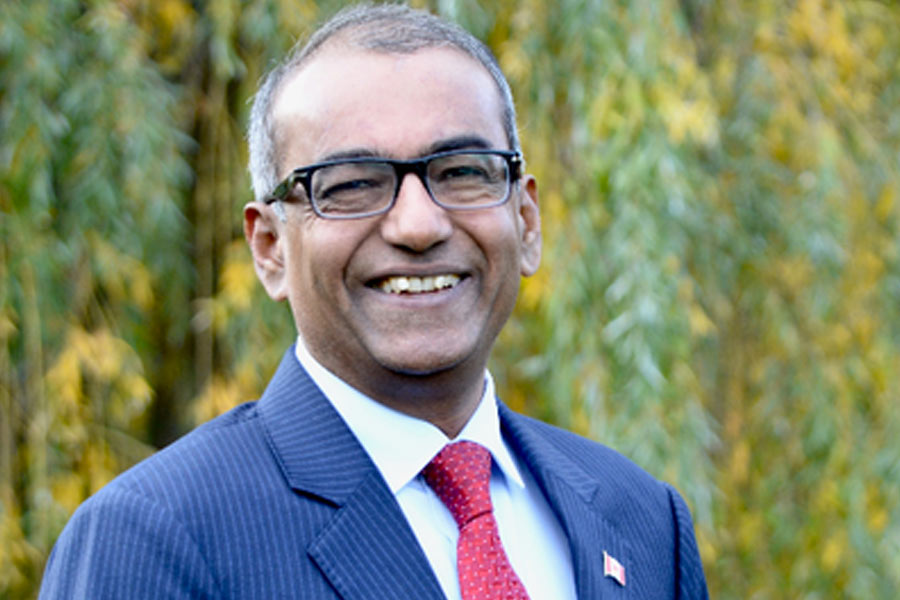The nationwide lockdown may have averted up to 2.9 million coronavirus infections and 78,000 deaths, central government officials said on Friday citing independent estimates, but cautioned that the still-growing epidemic’s future trajectory would largely hinge on people’s behaviour.
The officials said the estimates based on five models and their associated assumptions suggest that the number of averted cases range from 1.4 million to 2.9 million and averted deaths range from 37,000 to 78,000 beyond the country’s current counts.
“The lockdown was a big measure. It was not an easy decision. But we can say with confidence that thousands |of deaths could have occurred over the past two months |— and this did not happen,” said Vinod Paul, a member of Niti Aayog and chair of |the national task force on Covid-19.
Paul said the lockdown was a “timely public health measure” and part of the government’s “proactive and preemptive” response that helped slow the spread of the virus and averted hundreds of thousands of additional Covid-19 cases.
“All estimates are (based) on assumptions, all estimates can be refined, but we see from multiple models that hundreds of thousands of cases have been averted,” Paul said. “And we now have a small number of people spreading the infection than we would have had without the lockdown.”
The lockdown and measures such as tracing contacts of Covid-19 patients, physical distancing, masks and efforts to contain the virus wherever it emerges have hampered the geographic spread of the virus as much as it could have without these measures, Paul said.
An analysis of the 63,600 patients under medical supervision on May 21 shows that 80 per cent are based in five states — Maharashtra, Tamil Nadu, Gujarat, Delhi and Madhya Pradesh. And 70 per cent of these active cases are in 10 cities — Mumbai, Delhi, Chennai, Ahmedabad, Thane, Pune, Indore, Calcutta, Hyderabad and Aurangabad.
Paul, in a presentation to the media jointly with Pravin Srivastava, secretary in the Union statistics and programme implementation ministry, also said the Centre and states had used the lockdown period to create hospital beds for Covid-19 patients.
The dedicated hospitals have around 324,000 beds for Covid-19 patients. Along with the hospital infrastructure, he said, thousands of healthcare workers across India have been trained and have “gained confidence” to manage Covid-19 patients.
Against the backdrop of this enhanced preparedness, India’s coronavirus counts increased for the first time by over 6,000 on Friday, prompting the National Institute of Epidemiology to change the scale of a graph documenting the epidemic, a second time within a week.
The 6,088 new Covid-19 cases detected up to 8am Friday have increased the confirmed cases to 118,447, of whom 66,330 are under medical supervision, 48,534 have recovered and 3,583 have died.
The epidemic’s future trajectory would depend on how effectively people adopt the multiple measures to minimise opportunities for the virus to spread from person to person, Paul said.
“We have to continue to remain cautious — we have provided resistance, headwinds to prevent the virus from spreading,” he said, underscoring the need for protective face masks, physical distancing, hand and respiratory hygiene, minimise exposure risk to the elderly and other vulnerable populations.
“We are far better prepared now, ready for the future... but early detection, containment of the virus wherever it emerges will be critical,” Paul said. “City-level containment action, local action is the way forward.”










